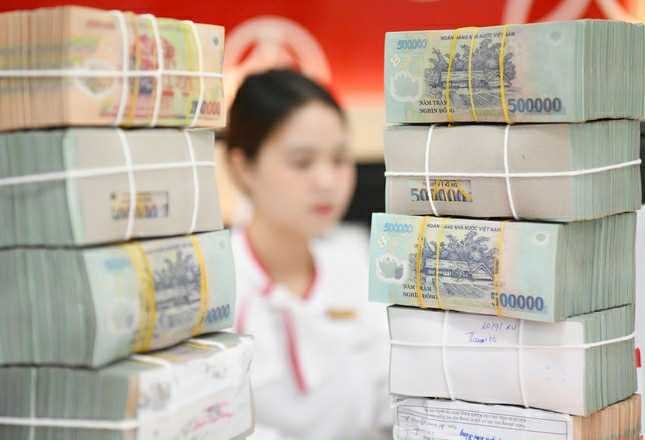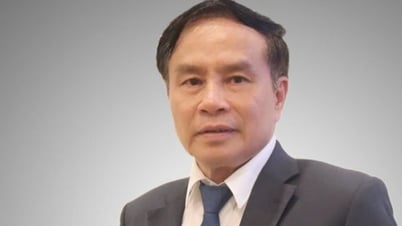Credit growth across the economy recorded nearly 10% in the first 6 months of 2025, an impressive figure, creating a positive foundation for the remaining period. In the context of the upcoming peak business season, banks have high expectations for the ability to expand credit, especially when supporting factors are increasingly clear.
MB Securities Company (MBS) forecasts that credit growth for the whole year could reach 17-18%, thanks to three main drivers: accelerated public investment disbursement; Resolution 68-NQ/TW increasing the role of the private sector and effectively removing legal bottlenecks in real estate; and the direction of removing the "credit room" being considered.
Sharing with the press, Associate Professor Dr. Nguyen Huu Huan (Ho Chi Minh City University of Economics) said that the positive credit growth momentum in the first half of the year not only exceeded the same period but also created room to reach the target of 16% for the whole year, which is the level set by the State Bank of Vietnam (SBV). Along with that, the demand for loans often increases sharply in the last months of the year to serve production and business activities, especially in the consumer and retail sectors.
Meanwhile, Mr. Pham Chi Quang, Director of the Monetary Policy Department (SBV), said that in order for the economy to achieve the growth target of 8% this year and expect double-digit growth in the coming years, credit will be an important pillar.
With inflation still under control, room for credit expansion is entirely feasible. However, the State Bank of Vietnam still prioritizes maintaining macroeconomic stability, so the expansion of “room” will be carefully considered, ensuring a balance between the goals of controlling inflation and promoting growth.
Despite pressure from declining net interest margins (NIM) due to continuously falling lending rates, most banks still expect to meet their credit targets this year.
MBS commented that the asset yield of banks has entered a downward trend, while the cost of funds (COF) has not decreased accordingly, causing the NIM of the whole industry to narrow. However, this is considered a short-term trend and is likely to recover when the demand for consumer credit and home purchases rebounds in the second half of the year.

Governor of the State Bank of Vietnam Nguyen Thi Hong emphasized that monetary policy management needs to be flexible and synchronized with fiscal policy and other macroeconomic policies to ensure major balances, control inflation and promote sustainable growth.
In June 2025, the average lending interest rate for new loans will be only about 6.3%/year, down 0.6 percentage points compared to the end of 2024. This is the result of synchronous management of many tools such as open market operations, operating interest rates and flexible exchange rate management according to market signals.
Although NIM declined in the first half of the year, MBS believes that this is only a temporary development. The strong recovery of personal credit, especially in the real estate and consumer sectors, will play an important role in improving bank profits from the third quarter onwards. At the same time, demand deposits (CASA) have also increased again thanks to corporate capital flows, helping to maintain low funding costs in the next 6-9 months.
MBS assesses that NIM in the rest of the year will not be lower than the first quarter of 2025, although it is unlikely to reach the level of 2024. Some banks with specific loan portfolios such as VPBank, MB or Techcombank that have been greatly affected - may only record a milder decline than the rest of the system.
Source: https://baolamdong.vn/cac-yeu-to-thuc-day-tang-truong-tin-dung-trong-nua-cuoi-nam-2025-383405.html







































































































Comment (0)